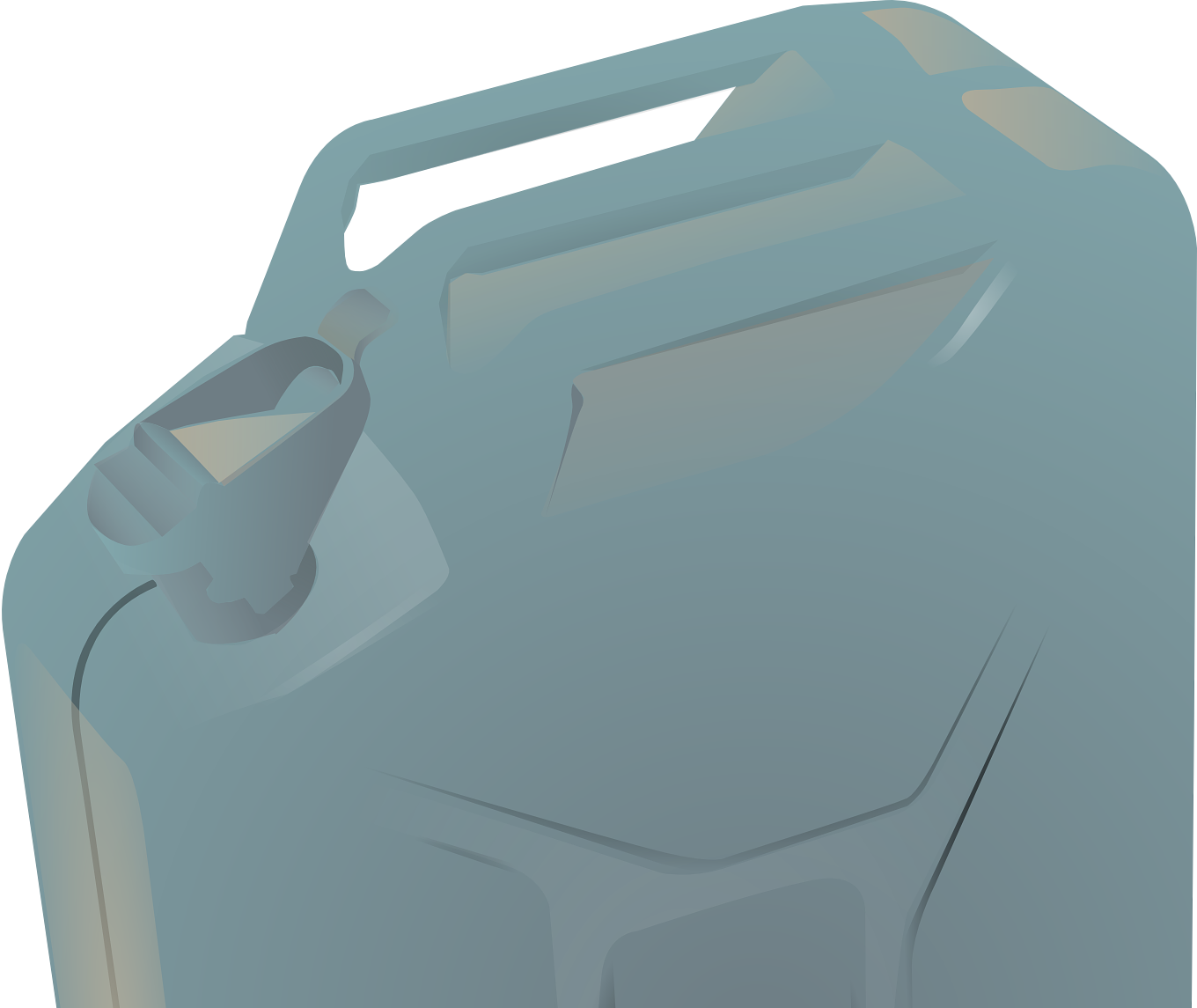Using Electrical Equipment
Posted on 28th February 2024 at 11:22
Working with electricity on construction sites requires the correct precautions to be taken by both site manager and operatives in order to ensure a safe and sufficient system of work for all involved.
While electrical equipment can be useful in site activities, it presents just as much risk of harm and even death if it is not assessed before use.
It is important when working with electrical equipment that the system is isolated and turned off when not in use, as doing so reduces the risk of accidents involving electricity. An electric shock can vary from a minor injury to fatal, especially depending on whether low or high voltage is used. A risk assessment and a safe isolation procedure must be put in place before any work with electrical systems are conducted.















